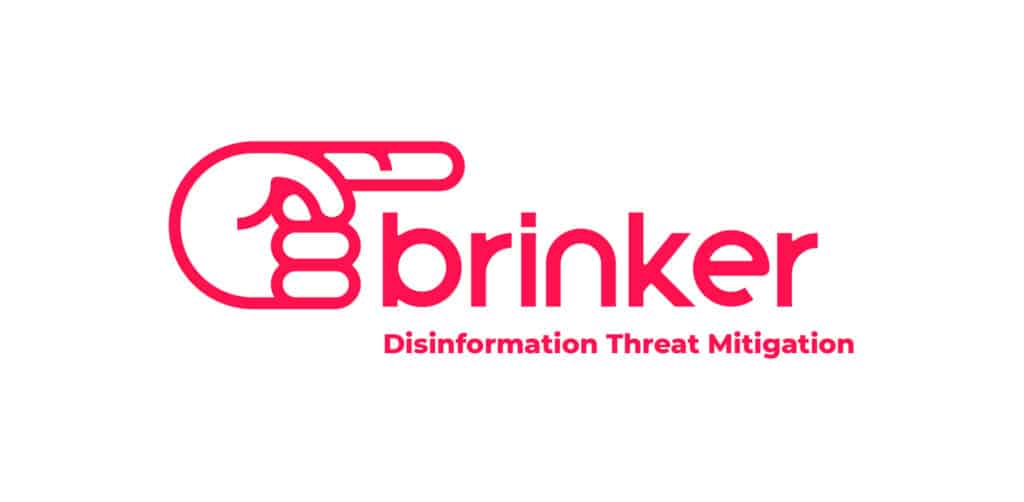I’ve been amazed at the herds of Johnny Come Lately’s who have glom’d onto the amazing Nest thermostat since Google purchased the company that makes it, Nest Labs, for a whopping $3.2 billion last week. Nest – and even its sister Protect smoke alarm – were hardly new, but that didn’t stop CNN from posting a ‘gee whiz’ video in the days that followed that had all the ‘we were here first’ excitement of a hand-held broadcast from the floor of CES. That – even though Nest is coming up on its third birthday and its cousin, the Protect, was released to considerable fanfare in October. The question for Google, of course, is ‘how is Nest really worth?’ I use one at my house, and I think it’s gorgeous and smart – but $3.2 billion? That’s why I was interested to check out this article over at Postscapes.com about an open source […]
Reports
When The Internet of Things Attacks! Parsing The IoT Botnet Story
I spent most of last week at a conference in Florida going deep on the security of critical infrastructure – you know: the software that runs power plants and manufacturing lines. (More to come on that!) While there, the security firm Proofpoint released a statement saying that it had evidence that a spam botnet was using “Internet of Things” devices. The company said on January 16 that a spam campaign totaling 750,000 malicious emails originated with a botnet made up of “more than 100,000 everyday consumer gadgets” including home networking routers, multi media centers, televisions and at least one refrigerator.” Proofpoint claims it is the “first time the industry has reported actual proof of such a cyber attack involving common appliances.” [Read: “Missing in action at Black Hat: the PC.”] Heady stuff – but is it true? It’s hard to know for sure. As with all these reports, it’s important […]
Experts: Despite Warnings, Slow Progress Securing Industrial Systems
Despite increased media attention to the security of industrial control systems and critical infrastructure, progress in securing those devices has been slow, experts say. Despite progress in some areas, critical infrastructure – including energy and transportation networks- remains vulnerable to attacks leveled at known security holes for months or years because of a lack of vendor response or customers who lack the incentive or know-how to patch vulnerable systems. That according to some of the world’s top experts in cyber security and industrial systems, who are gathering this week at an industry conference in Miami. The S4 Conference, sponsored by the firm DigitalBond, is one of the premiere conferences for cyber security as it pertains to industrial control systems and often coincides with disclosures from industrial system vendors about serious security holes in their products. The security of industrial control systems has been a top concern of IT security experts and government […]
Cisco Survey: 100% of Fortune 500 Hosting Malware?
If you’re working in IT at a Fortune 500 firm, Cisco Systems has some unwelcome news: you have a malware problem. According to the 2013 Annual Security Report from the networking giant, 100 percent of 30 Fortune 500 firms it surveyed sent traffic to Web sites that host malware. Ninety-six percent of those networks communicated with hijacked servers operated by cyber criminals or other malicious actors and 92 percent transmitted traffic to Web pages without content, which typically host malicious activity. “It was surprising that it was 100 percent, but we know that it’s not if you’re going to be compromised, but when,” said Levi Gundert, a technical lead in Cisco’s Threat Research, Analysis and Communications (TRAC) group in an interview with The Security Ledger. Among the high points (or low points) in Cisco’s Report: Cisco observed the highest number of vulnerabilities and threats on its Intellishield alert service in the 13 years […]
Mobile Devices Taking Part In Enterprise DDoS Attacks?
Mobile phones have long been on the radar for enterprises concerned about data loss and the spread of malicious code. But a report from the firm Prolexic suggests that they may also be taking part in massive denial of service (DoS) attacks against enterprise networks. The firm Prolexic said that data it collected in the final quarter of 2013 suggests that mobile devices are playing a growing role in distributed DoS (or DDoS) attacks against the firm’s enterprise customers. “Malicious actors now carry a powerful attack tool in the palm of their hands, which requires minimal skill to use,” said Stuart Scholly, president of Prolexic, in a statement. [Read more Security Ledger coverage of Denial of Services Attacks.] Infecting unwitting victims with a malicious program is a common method used by botnet operators whose platforms are behind many large-scaled DDoS attacks. But Scholly said that mobile devices and mobile DDoS […]






